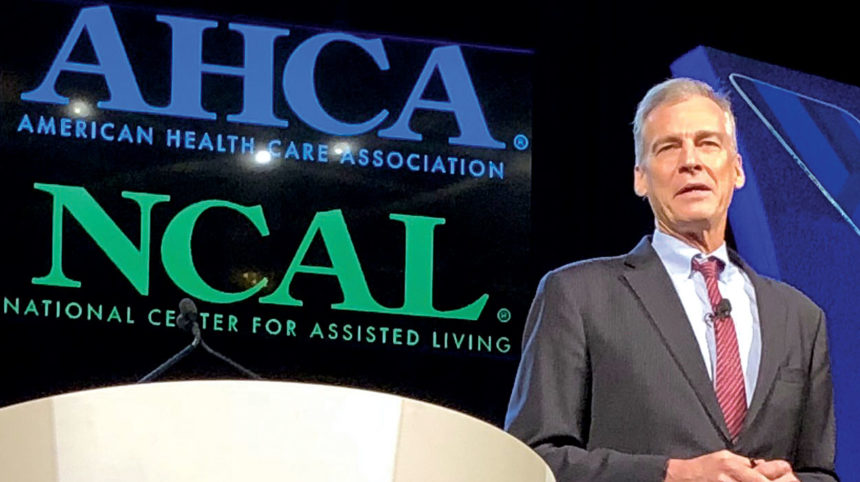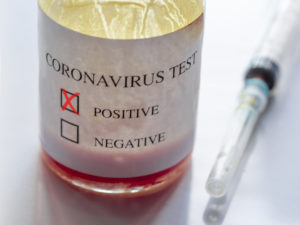
Long-term care providers have finally been given a higher priority status to receive personal protection equipment and other relief from the federal government during the ongoing coronavirus health crisis.
This week it was revealed that Vice President Mike Pence told governors Friday that the Federal Emergency Management Agency will soon start shipping supplies of PPE to every nursing home across the country. The assistance comes after numerous very public pleas from long-term care providers, advocates and workers who are on the frontline of the COVID-19 pandemic.
“For over two months now, our sector has been sounding the alarm talking about how we need to be a priority for testing and for supplies. But unfortunately until very recently, not much has happened on that front,” Mark Parkinson, president and CEO of the American Health Care Association/National Center for Assisted Living, said Wednesday in a press briefing.
PPE, additional testing access and funding are the top areas where providers need more help, Parkinson said. He explained that the inability for providers to obtain sufficient amounts of PPE, particularly facemarks, has resulted in tragic results in the nation’s nursing homes. A recent report found that the pandemic has resulted in more than 11,000 deaths in U.S. skilled facilities.
“Our message today is that it is beyond time — but certainly time right now — for state and federal government leaders to rally around our residents and our caregivers in the same way that the country has rallied around hospitals over the last several months,” he added.
Nursing home residents with COVID-19 symptoms now high testing priority
Meanwhile, the Centers for Disease Control and Prevention this week modified its priority classifications for COVID-19 testing in long-term care.

It has created two categories, high priority and priority. Both healthcare facility workers with symptoms and residents with symptoms are classified as high priority. In addition, healthcare workers with contact with a person with known or suspected COVID-19 should be considered for testing, AHCA explained.
Residents and long-term care workers without symptoms also may be prioritized by state or local health departments, or clinicians for reasons including public health monitoring, sentinel surveillance, or screening of other asymptomatic individuals.
“We are hopeful that this will immediately improve our ability to not only get tests, but to get a quick response to those tests,” Parkinson added.
Previously, the CDC identified three priority levels for testing. Healthcare workers with symptoms were identified as priority one, while residents with symptoms were identified as priority two and healthcare workers without symptoms were priority three.
Supply chain returning to normal
Personal protective equipment shortages should also not last long as China begins to reopen and ramp up factory production, according to Parkinson. He noted that China was forced to stop manufacturing for several months due to the disease’s spread in that country but said supply levels should return to normal.
“The supply chain from China is getting turned back on. It will take until early June or so before all of the facemarks, face shields and gowns that we need can be shipped in from China like they were before the whole crisis started,” Parkinson said.
Until then, it’s important that federal sources step up providing supplies for the long-term care sector, Parkinson emphasized.
Even with additional PPE supplies, he explained, infection control practices in nursing facilities will change “dramatically” until there’s a vaccine.
“There may continue to be limitations, for example, on visitors,” he explained. “Every visitor is going to have to use PPE, which is very different from old practices. So, an ongoing supply of PPE from the government will be helpful,” he said.





